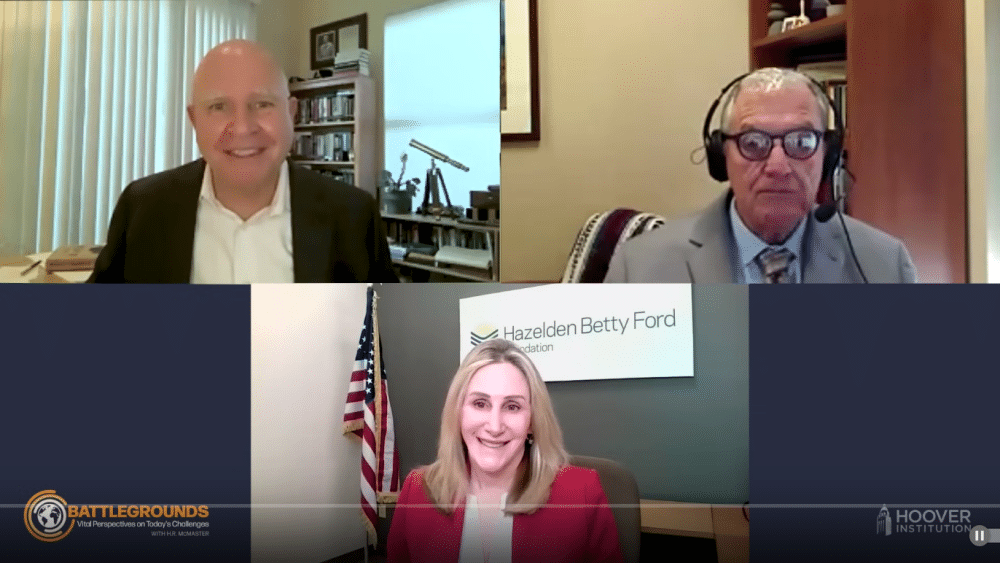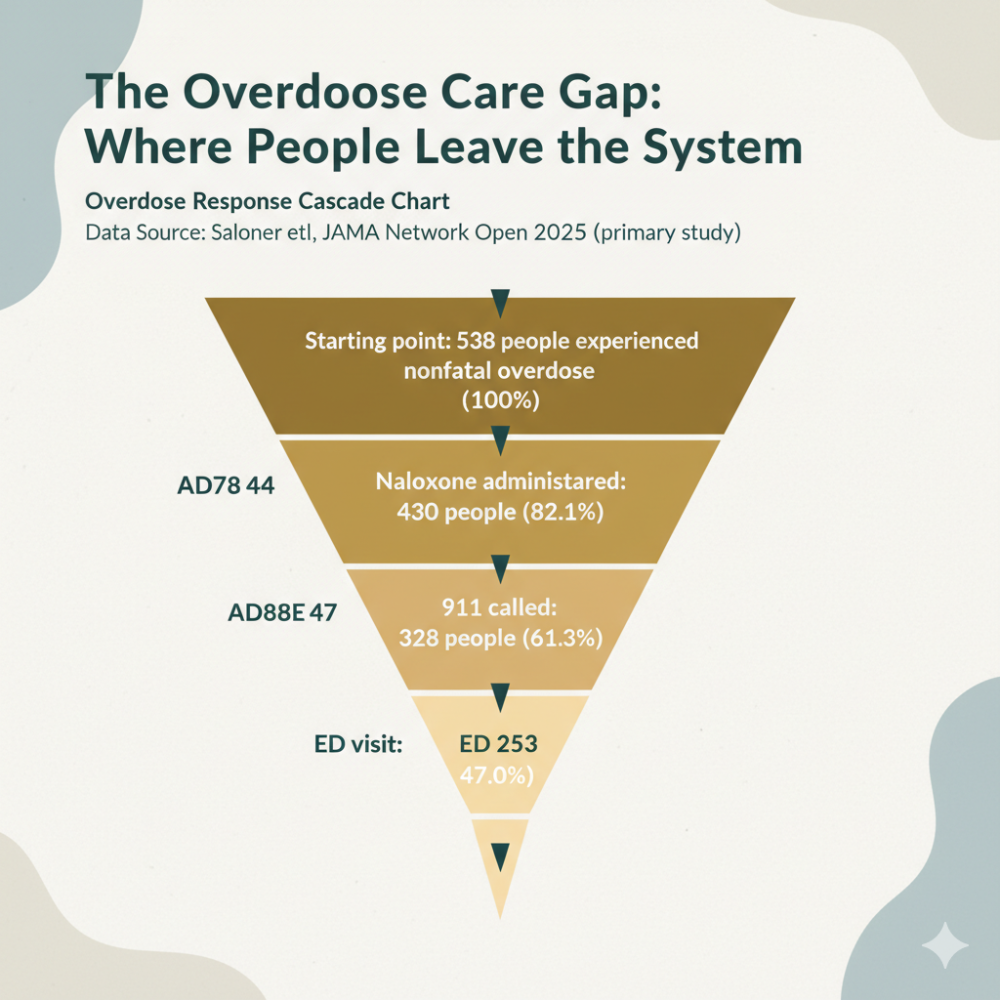A news story from 60 Minutes / CBS had some interesting information, here are some highlights from the story, U.S. “losing a generation” to fentanyl as agents fight Mexican cartels supplying the drug”.
In recent years, the United States has found itself grappling with what experts are calling the worst drug crisis in the nation’s history. At the center of this epidemic is fentanyl, a synthetic opioid that has claimed more American lives than the Vietnam, Iraq, and Afghanistan wars combined. This blog post delves into the alarming reality of the fentanyl crisis and its far-reaching impacts on American society.
Understanding Fentanyl
Fentanyl is a purely chemical, man-made drug that is 50 times more potent than heroin. Its potency, combined with its low production cost and ease of smuggling, has made it the drug of choice for cartels and dealers. What makes fentanyl particularly dangerous is its presence in counterfeit pills, often disguised as common prescription drugs like Xanax, Oxycodone, or Adderall.
The Staggering Death Toll
In 2023 alone, over 70,000 Americans lost their lives to fentanyl overdoses. This number represents a cross-section of society, affecting people from all walks of life, including teenagers and young adults. The Drug Enforcement Administration (DEA) reports that 22 teens between the ages of 14 and 18 die from fentanyl every week.
The Supply Chain
The fentanyl crisis is largely orchestrated by two powerful Mexican drug cartels: the Sinaloa Cartel and the Jalisco Cartel. These organizations control the entire global fentanyl supply chain, from sourcing chemicals from China to manufacturing the drug in Mexico and distributing it across the United States.
Smuggling and Distribution
Approximately 90% of fentanyl enters the U.S. through legal ports of entry, hidden in passenger vehicles. The busiest land port, San Ysidro, processes over 200,000 people daily, making it challenging for border officials to detect smugglers. Alarmingly, two-thirds of those arrested for smuggling fentanyl are American citizens recruited by the cartels.
The Role of Social Media
Social media platforms have become a new frontier for drug distribution. Cartels use these platforms to recruit mules, advertise, and sell drugs directly to consumers. This digital aspect of the crisis presents new challenges for law enforcement and policymakers.
Government Response and Challenges
While the DEA and U.S. Customs and Border Protection are working to combat the crisis, they face significant challenges. These include limited resources, the need for more personnel, and the constant adaptation of cartel tactics. Political gridlock has also hindered efforts to provide additional resources and support to border security initiatives.
The Path Forward
Addressing the fentanyl crisis requires a multifaceted approach involving law enforcement, healthcare, education, and policy reform. Increased public awareness about the dangers of counterfeit pills and the pervasiveness of fentanyl is crucial. Additionally, tackling the root causes of addiction and improving access to treatment and recovery services are essential steps in combating this epidemic.
As this crisis continues to evolve, it is clear that a coordinated, comprehensive strategy is needed to save lives and protect communities across America from the devastating impact of fentanyl.



